Natural environments in the Biella area
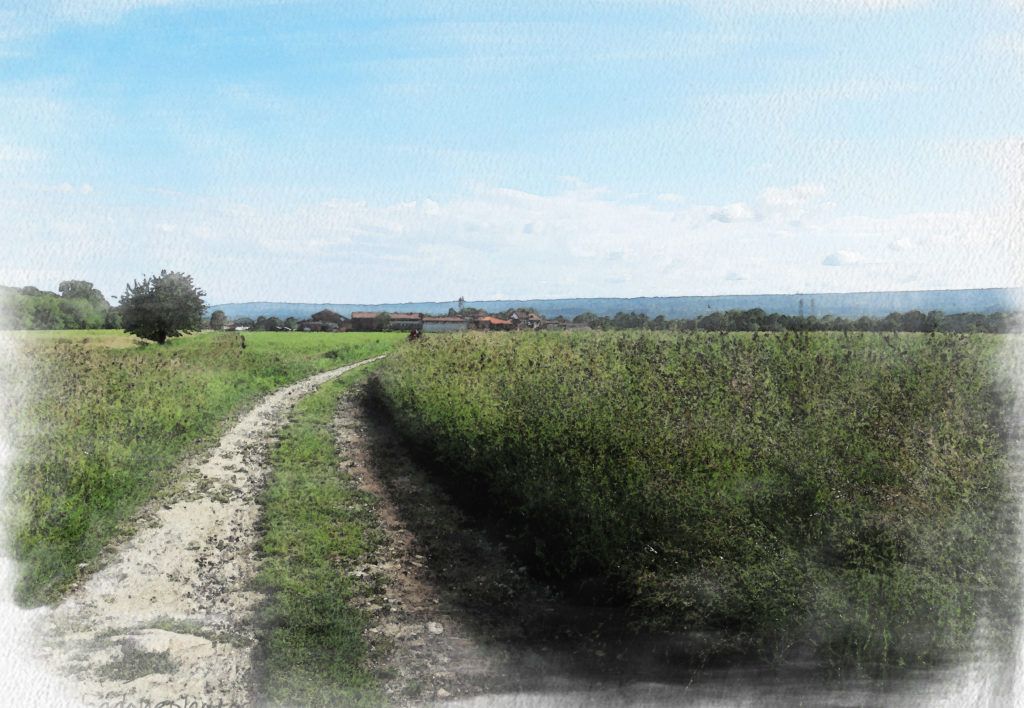
The countryside
The southern and southeastern part of Biellese degrades towards the plain, to the border with the provinces of Novara and Vercelli. In this portion, the territory is agricultural, with predominant crops of rice and corn. There are also numerous pastures, where cows and sheeps spend the winter months, before moving to the mountain pastures, giving rise to the characteristic event of transhumance. Typical animals of this natural environment are pheasants, storks, frogs, the small moscardino (Muscardinus avellanarius) and the cattle egret.
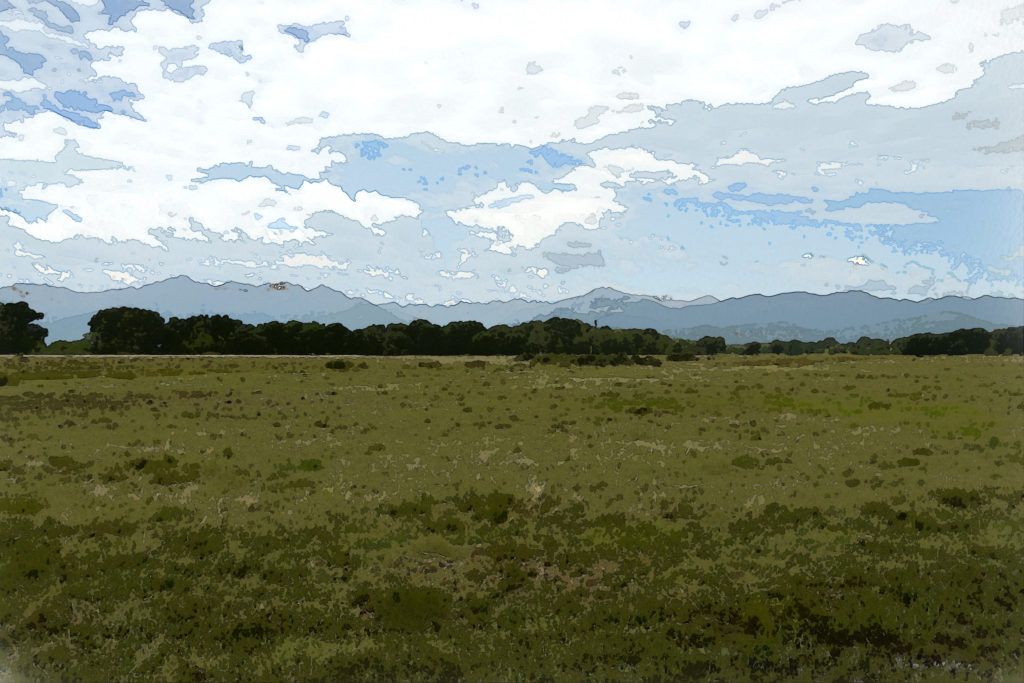
The baraggia
It is an environment protected by the Piedmont region and which is also present in other provinces (Vercelli and Torino). It consist in a delicate ecosystem that needs periodic maintenance especially to prevent weeds, such as robinies and brambles, from taking the place of typical vegetation, consisting of farnies (Quercus robur) and wild heather (Calluna vulgaris). The baraggia is the perfect setting for nesting the European bee-eater (Merops apiaster), a brightly colored bird with high-pitched voice.
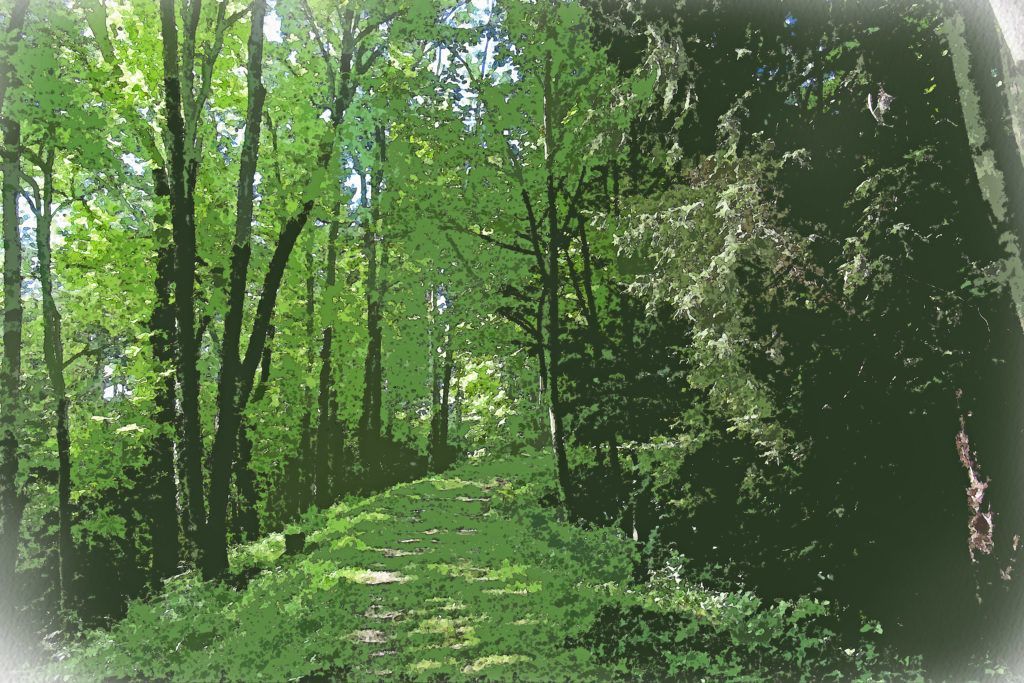
The forest
Biellese boasts beautiful woods, with very varied features. At low altitude we find forests predominantly of beech, birch, chestnut, hazelnuts or oak trees. At higher altitudes the hardwoods give way to conifers and we can therefore find ancient forests of white firs and larches. The woods of Biellese are frequented by roe deers, wild boars, foxes and a wide variety of birds.
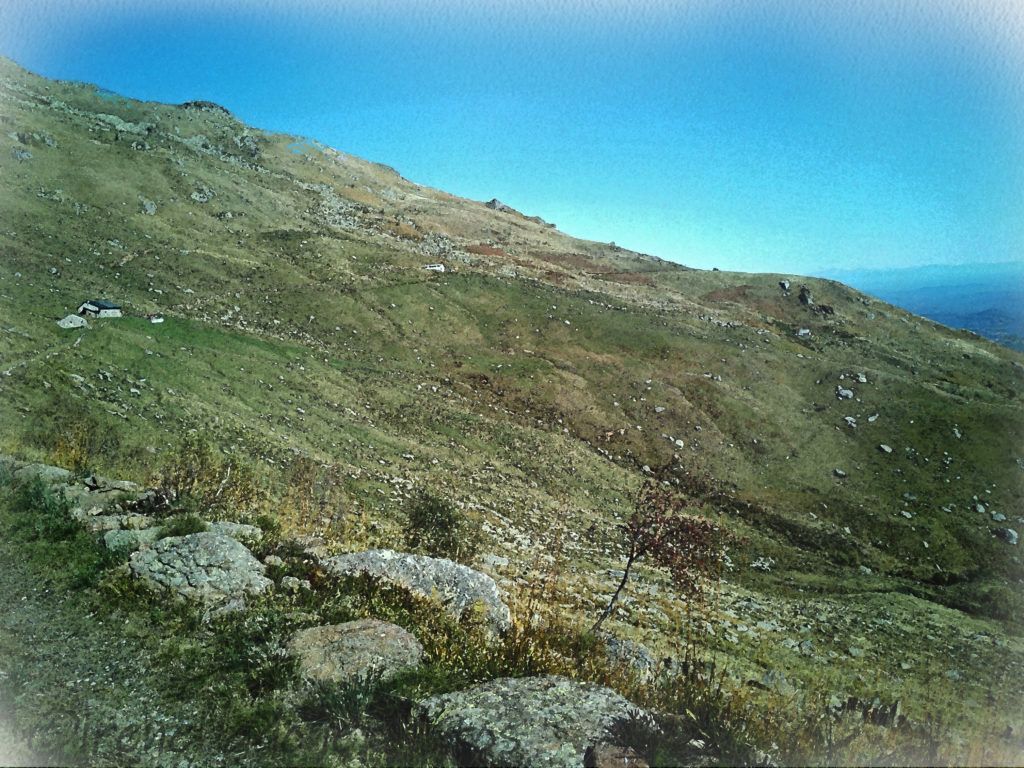
The mountain
It is usually considered “mountain” a relief that exceeds 600 m of altitude. In the Biellese Alps, normally, the deciduous vegetation (latifoil) reaches about 1,100 m altitude, the perennial vegetation (coniferous) reaches up to about 1,300 m. Above this altitude, only shrubs (especially wild rhododendrons) and herbaceous plants are found. Even in our mountains you can spot marmots, chamois and eagles.
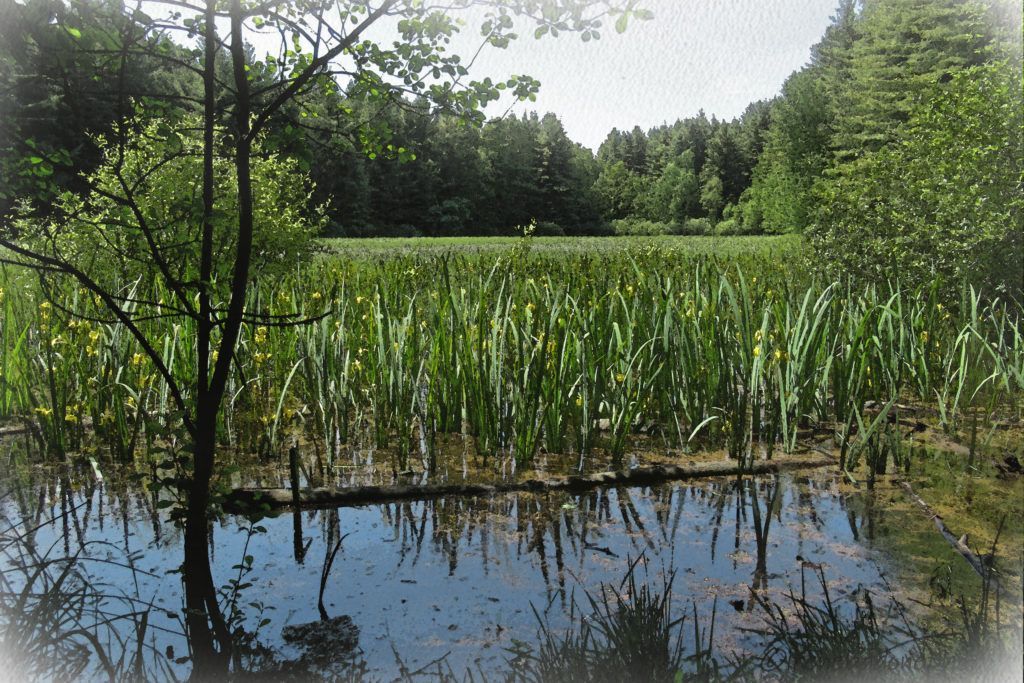
Lakes, ponds and rivers
Wherever there is water we can find about the same variety of plants and animals. The forests of willows and poplars prevail; on the shores thrive the tife (Typha latifolia) and the wild iris (Iris pseudacorus); on the surface of lakes and ponds you can observe the water lilies (Nymphaea alba). In these environments, lives a large number of water birds, such as grey herons, egrets, night herons, in addition to mallards (Anas platyrhynchos), crested grebes (Podiceps cristatus) and coots (Fulica atra).
